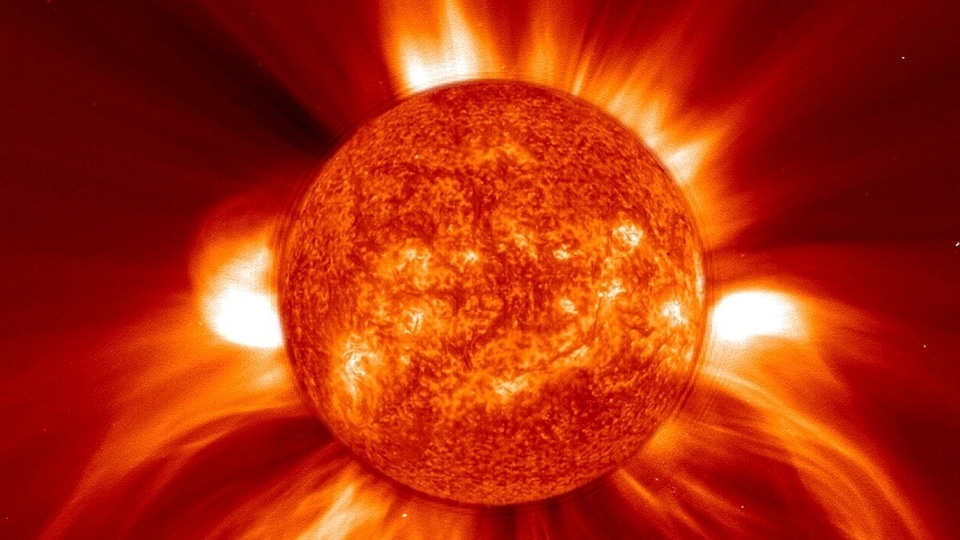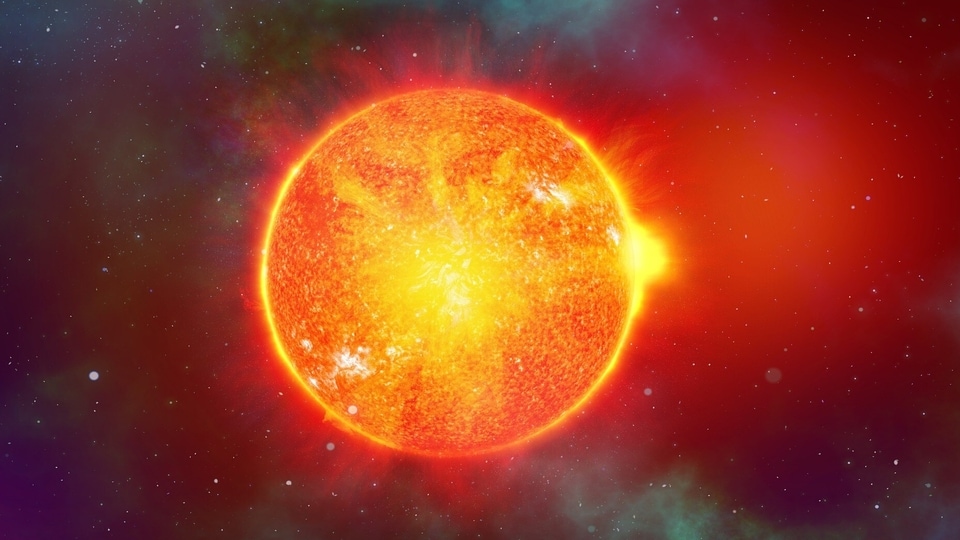How solar storms can affect technology on Earth
We are in solar cycle Cycle 25, heading towards the solar maximum. The Sun will keep spewing out powerful solar storms and these will impact Earth and the technology that humans use.






 View all Images
View all ImagesThe Sun is at the centre of all activity in our solar system. So, ever wondered what is solar activity? Well, solar activity includes coronal mass ejections, high-speed solar wind, solar flares and solar energetic particles and they all are driven by the influence of the solar magnetic field. Yes, all of it is powered by our volatile Sun. Interesting, no? So, do you know that these solar activities may also affect the technology spread across the globe and in space by humanity? Yes, these solar storms created by the Sun can have devastating effect on technology on Earth from power grids, Internet to satellites. Yes, even your mobile phone can be affected.
Solar cycle
The Sun undergoes regular cycles of solar activity, lasting approximately 11 years, during which its magnetic field flips. This cycle starts with a "solar minimum," a period of low solar activity, followed by a "solar maximum," when the Sun is at its most active, characterized by extremely powerful sunspots, solar flares, and coronal mass ejections (CMEs).
What do scientists say about solar activity?
A report from energyPortal.eu says that scientists have been monitoring these solar cycles since 1755, and we are currently in Cycle 25 and heading towards the solar maximum, expected to peak in 2024-25. This cycle has exceeded initial forecasts.
Effects of Solar Activity on Earth
According to NASA, solar flares have an impact on Earth when they occur on the side of the sun facing our planet. These flares emit photons, which travel directly from the flare site. Hence, if a flare is visible from Earth, it can potentially affect us.
On the other hand, coronal mass ejections (CMEs) are massive clouds of plasma and magnetic fields that erupt from the sun. Unlike flares, CMEs can erupt in any direction and continue in that path. When a CME reaches Earth it can cause quite an impact on our planet.
Solar maximum: Reason to worry?
Experts predict that Solar Cycle 25 will have moderate intensity, with an estimated 4 to 6 flares per day during the solar maximum.
Impact on Technology
When a solar storm hits Earth's atmosphere, it sparks a Geomagnetic storm. If the solar storm is not very powerful, it can lead to just beautiful auroras being generated on the poles. However, if a strong solar storm impacts Earth, it can send high intensity electrical surges through the powergrid, effectively damaging it and causing blackouts. It can have similar effect on all the undersea cables that carry most our internet and damage crucial elements in it that will take months to repair. The satellites up in the sky too will suffer damage unless they are switched off or protected otherwise.
It all depends on how powerful a solar storm has been created by the Sun and that is why there is so much interest in the solar maximum, which we are gradually approaching.
.
Catch all the Latest Tech News, Mobile News, Laptop News, Gaming news, Wearables News , How To News, also keep up with us on Whatsapp channel,Twitter, Facebook, Google News, and Instagram. For our latest videos, subscribe to our YouTube channel.































